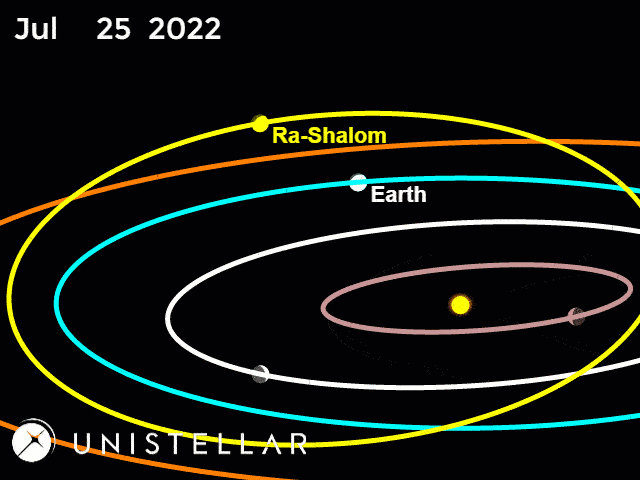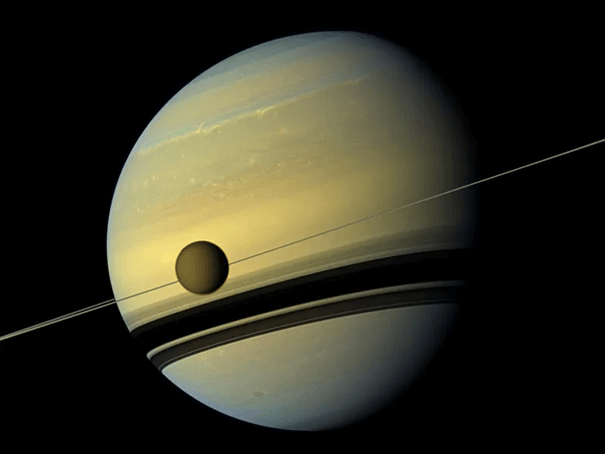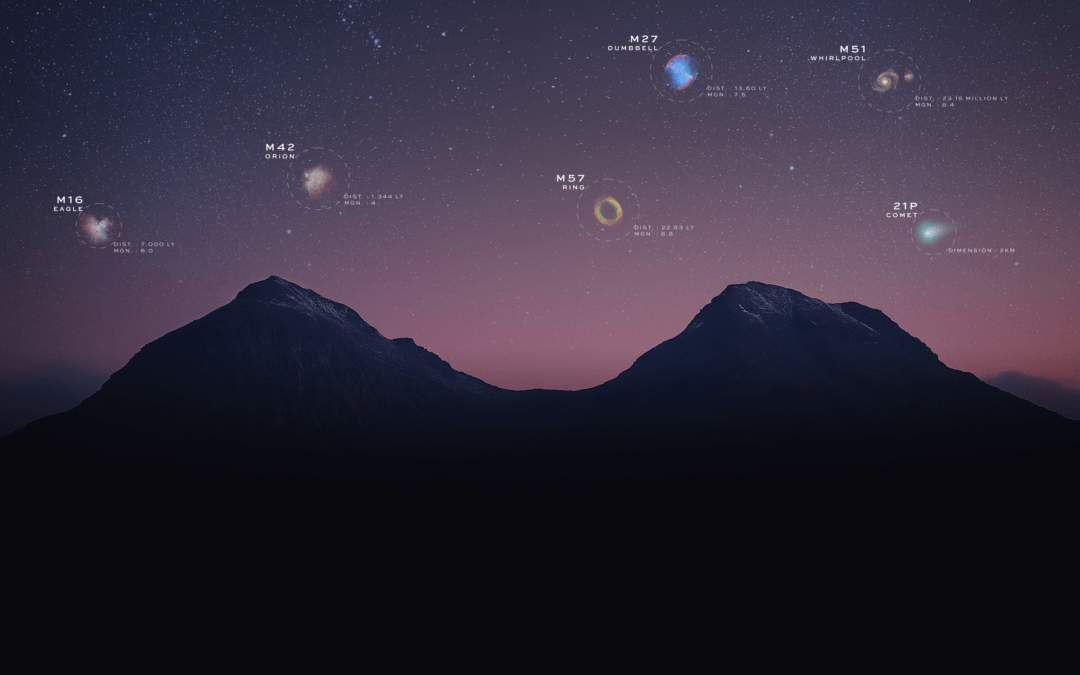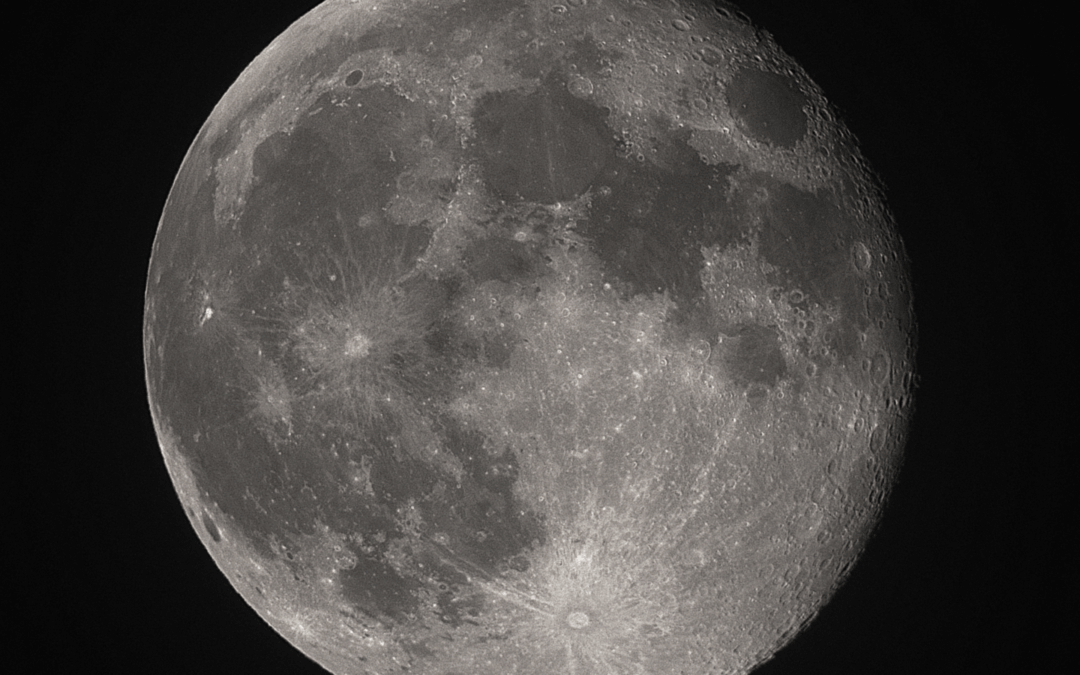This August and September, a Near-Earth Asteroid will be crossing our planet’s path, shining brightly in the night sky. 2100 Ra-Shalom will be visible to Citizen Astronomers across the Northern Hemisphere before showing itself to Southern Hemisphere observers around September 9. With new observations in hand, scientists will be able to build better 3D models of this large asteroid’s shape, giving us an even better understanding of this object!
Ra-Shalom was just the third asteroid discovered in the Aten group, a collection of asteroids that orbit between Mars and Mercury and also cross the path of Earth’s orbit. Due to their proximity and size, some Aten asteroids are classified as potentially hazardous, meaning they could pose a risk to our planet. But astronomers studying Ra-Shalom found it won’t come close enough to be a danger. That’s a relief, because at over 2 km in diameter, the asteroid could devastate an entire continent if it hit Earth.
Ra-Shalom orbits the Sun once every 277 days, and it spins around its axis every 20 hours or so. It’s a C-type, or carbonaceous, asteroid — the most common kind. But Ra-Shalom is uncommonly bright, at a magnitude of about 14, though you’ll need a telescope to see it.
The asteroid’s unusual name was meant to be a symbol for universal peace and commemorates a 1978 peace agreement between Egypt and Israel, which had been signed shortly after the asteroid was discovered. The asteroid’s name draws from the name for the Egyptian sun god, Ra, and the traditional Hebrew greeting meaning peace.

Orbit of Ra-Shalom crossing Earth’s orbit, by Tony Dunn.
How to observe 2100 Ra-Shalom with your eVscope:
Beginning August 15, Ra-Shalom will be visible to Northern Hemisphere observers. It will make its close approach on August 31, so don’t miss this opportunity to watch it fly by!
This asteroid is in the Unistellar App, so it’s easy to observe. First, follow the HowTo guide for A. The Planetary Defense target is in the Unistellar app’s database.
In the Recording field enter the following information:
- Exposure time: 3971 ms
- Gain: 25 dB
- Duration: 40 minutes
You’ll need to make three observations to gather sufficient data. You can find more information on how to observe this near-Earth asteroid on our Planetary Defense Campaign page.
If you have any questions, please reach out to us at [email protected].
Further readings
Titan’s shadows
Every month, discover three unmissable celestial events to observe with your Unistellar telescope.
3 Reasons to observe this month
Every month, discover three unmissable celestial events to observe with your Unistellar telescope.
Observing Eclipses on Jupiter: Cosmic Spectacles Through a Telescope
The latest Unistellar App Update, version V3.0, is now live. Explore a smooth stargazing experience !
Unistellar Community Included In Multiple Scientific Papers
Did you know Unistellar Citizen Astronomers are often cited in published scientific papers? Find out how you can contribute too!
What Are the Names of All the Full Moons in 2024?
Discover the enchanting names of the full moons in 2024. Delve into the unique character of each lunar spectacle and embrace the allure of the night sky.
New Unistellar App Update: Version 3.0
The latest Unistellar App Update, version V3.0, is now live. Explore a smooth stargazing experience !






